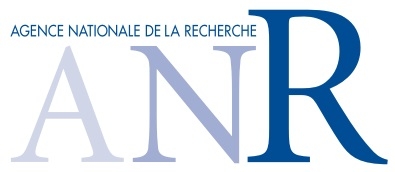- Institute
- Research topics
- Organization
- Platforms
- Services
- Europe/International
- Science outreach
- Agenda
- Directory
- Access

The transformation of a single fertilized egg into hundreds of thousands of cells forming the different organs of a developing embryo is a fascinating phenomenon. To achieve this remarkable organization, embryonic cells concomitantly divide, rearrange into tissues, and get specialized into a multitude of different cell types. Although these processes take place according to specific temporal and spatial patterns, recent research has revealed unexpected levels of variability of these processes at the molecular, cellular, and tissue scales.
Team projects aim at deciphering molecular and cellular rules defining embryonic auto-organization and morphogenesis. We are studying how cell proliferation, migration, adhesion, and specification are coordinated during development, with a particular interest in understanding how heterogeneity could provide plasticity and robustness to these processes.
We focus our attention on the development of the posterior tissues of vertebrate embryos, using birds (chicken and quail) as model systems. The methods used combine classical embryology techniques such as graft or electroporation with time-lapse imaging, image treatment, and molecular approaches. Key findings of our research apply to different diseases such as congenital malformations or cancer. One feature of the team is the establishment of multidisciplinary collaborations, with mathematicians, physicists, and computer scientists, a definite asset to tackle the complexity of biological systems.
If you are interested in working with us contact bertrand.benazeraf@univ-tlse3.fr
Twitter: https://twitter.com/BBenazeraf

Collaborations:
IMT : Ariane Trescases; Imperial College : Pierre Degond; IRIT: FLorence Sedes, Geoffrey Roman-Jimenez; Cambridge: Ben Steventon; IBMB : Elisa Marti; Institute Curie: Karine Guevorkian





